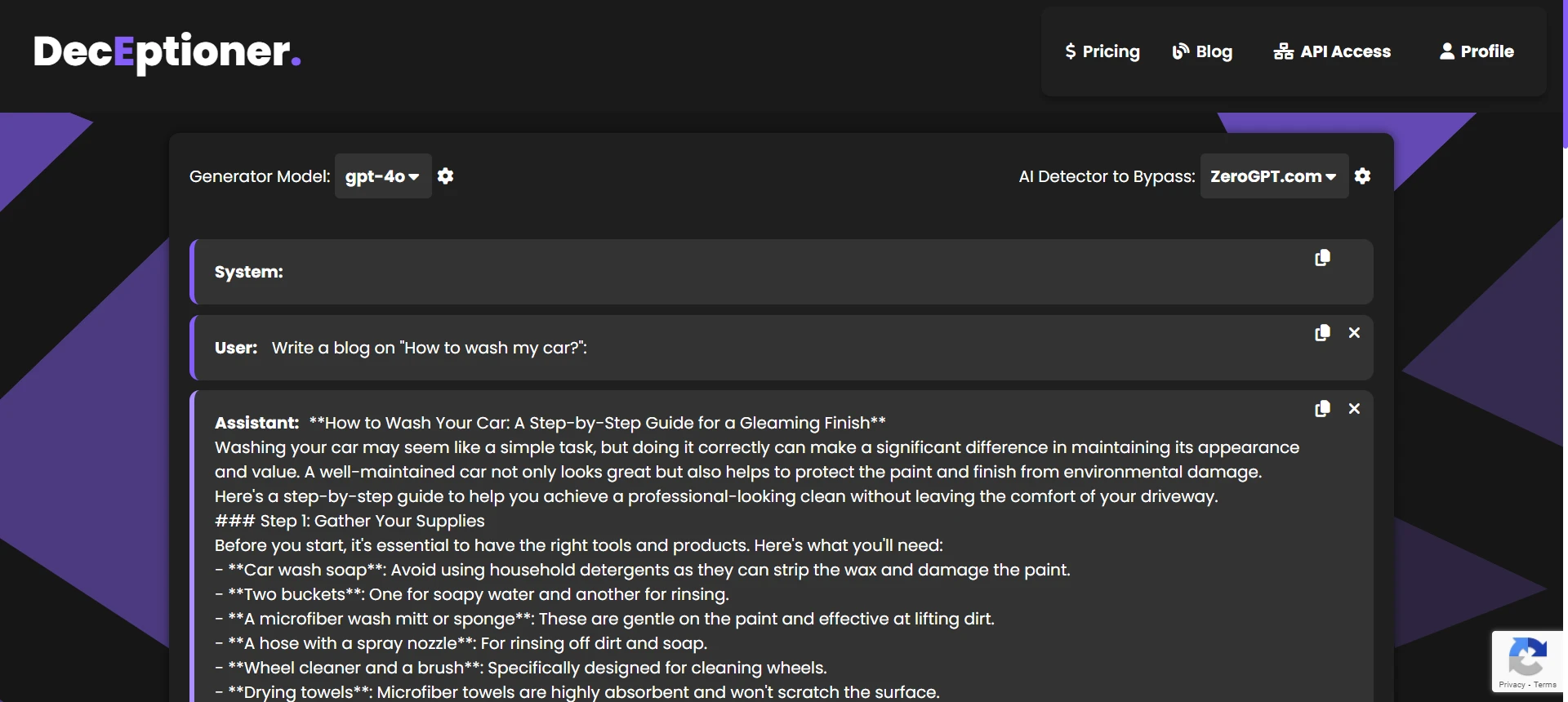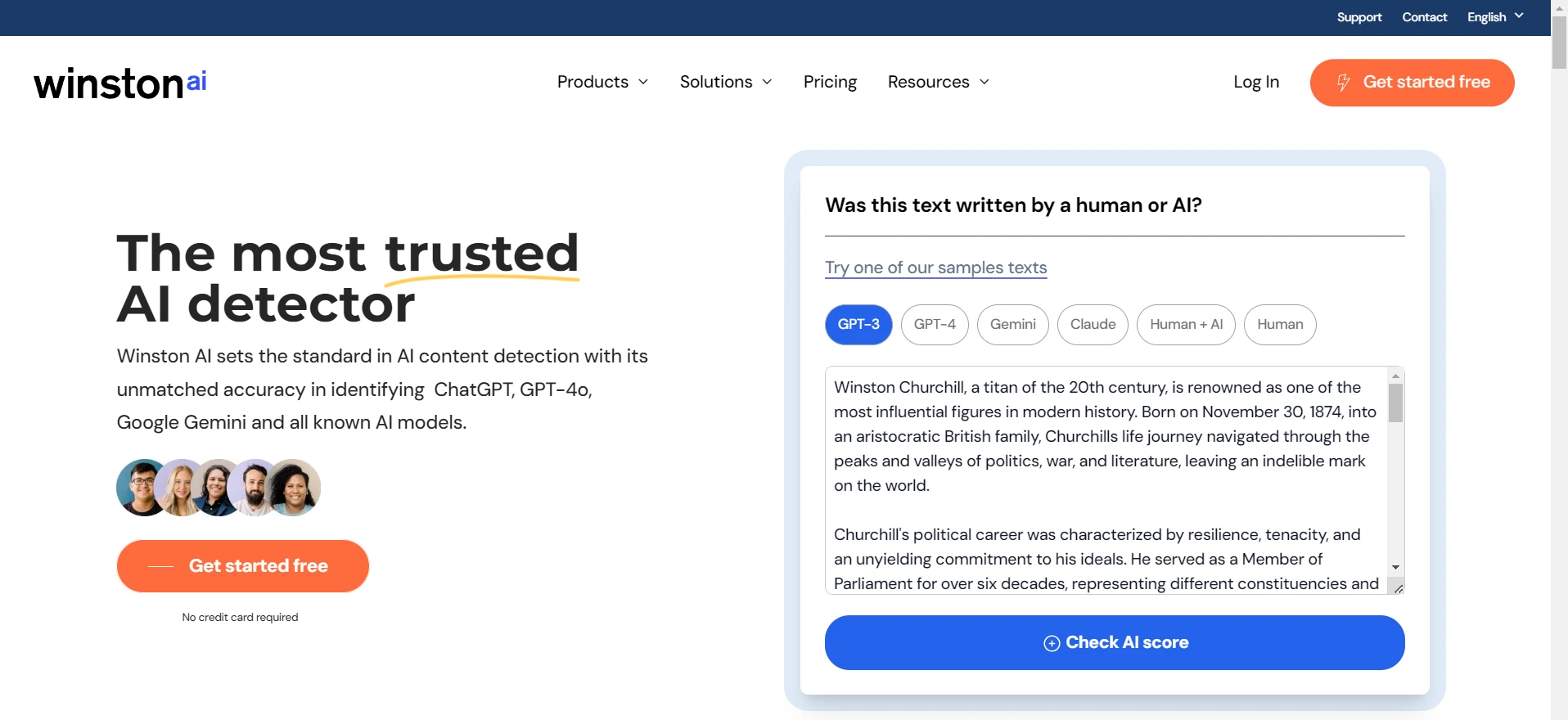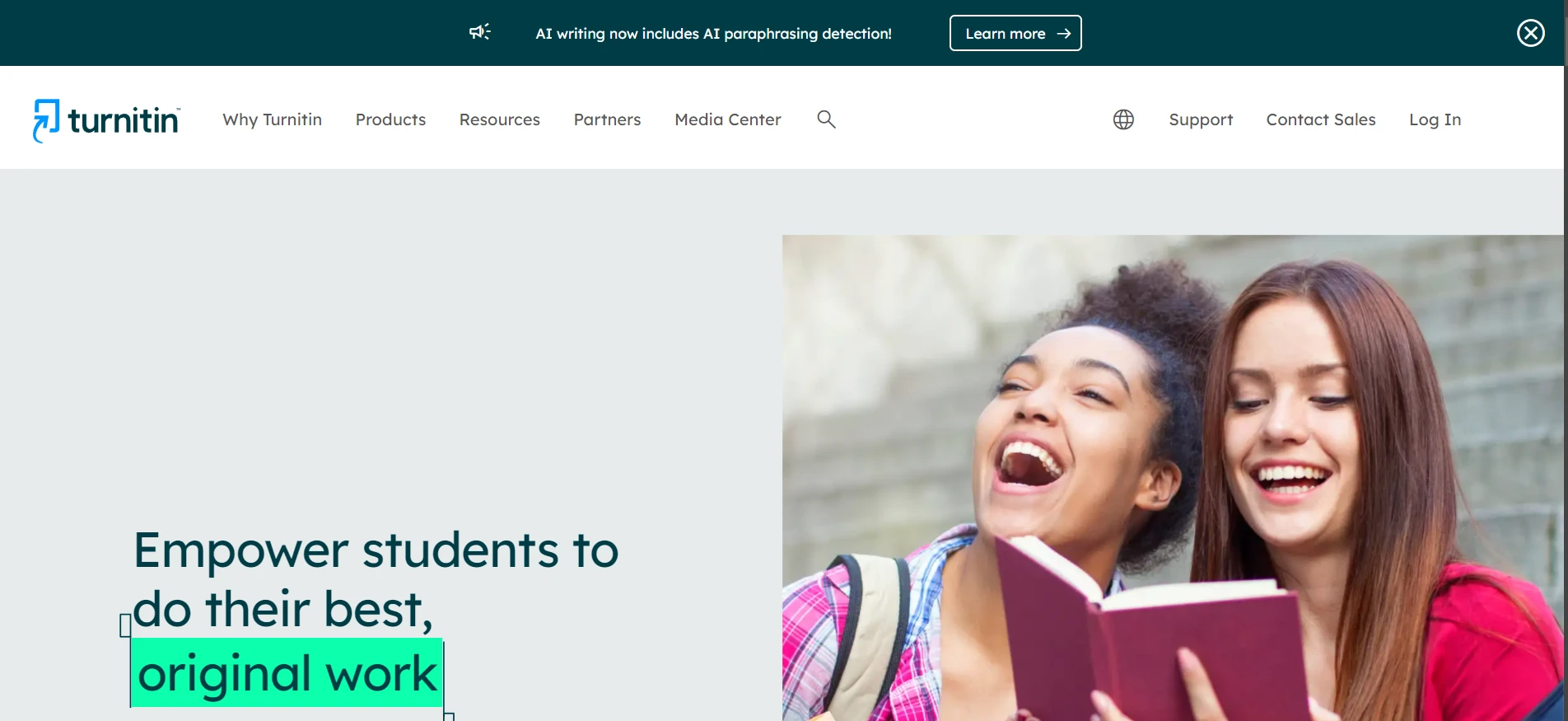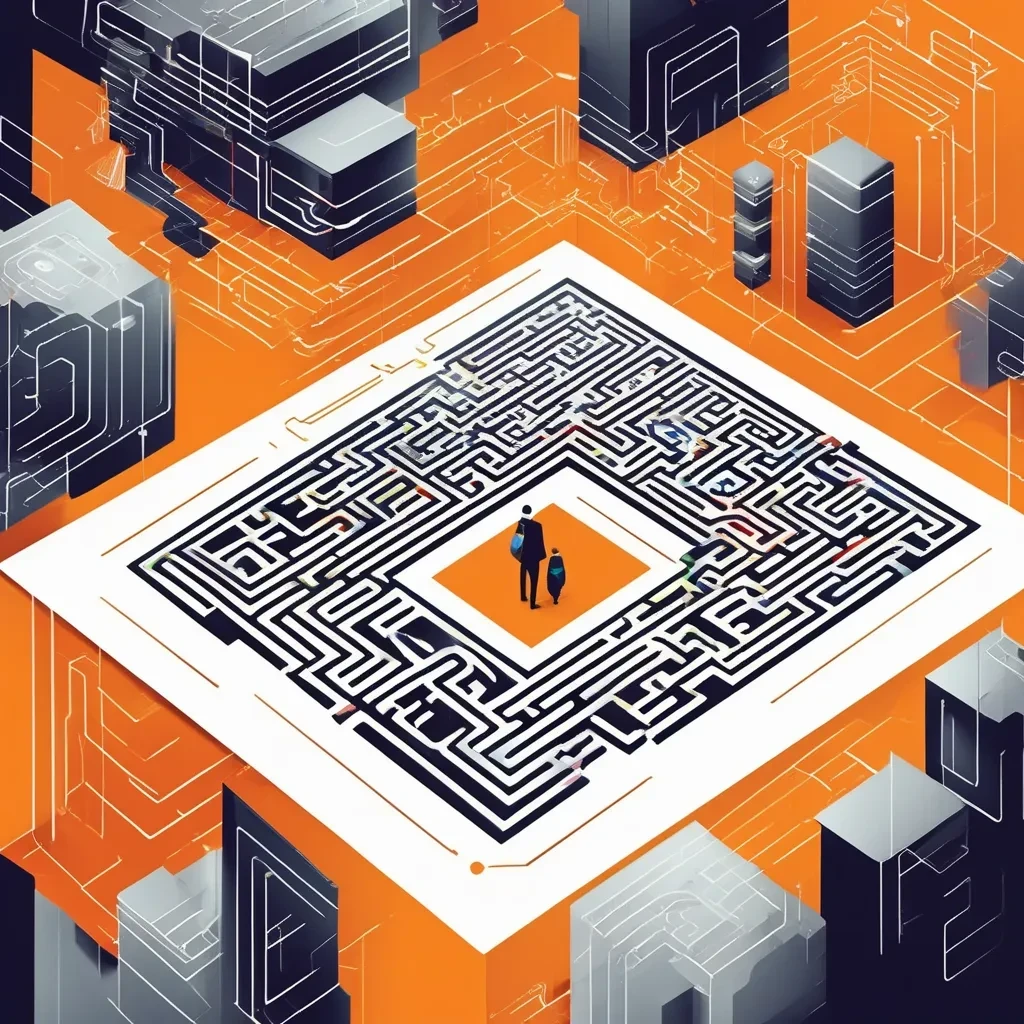The short answer is NO. The longer answer is that there’s a lot of nuance involved. Keep reading to know more about it.
As we all know it, AI-generated text is getting so good that people can hardly distinguish whether it was written by a human or a machine. Some folks try to solve this problem with something called AI text watermarking. In simple terms, AI text watermarking is basically like a hidden signature embedded within AI-generated text. It can be used to identify and prove that the text was actually generated by an AI model. This blog will talk about what AI text watermarking is, how it works, whether Claude (a large language model from Anthropic) actually uses it, and how Anthropic’s stance compares to other players like OpenAI (GPT-4 or ChatGPT) and Google (Bard or Gemini).
Now, let’s dive into the details of AI text watermarking, how it is implemented, and explore if Claude currently carries such a watermark or not.
Also Read: Can Turnitin Detect Claude AI?
What is AI Text Watermarking?
Just like a visible watermark on images, AI text watermarking is an invisible sign or stamp in the text. The difference is people can’t see it, but a special tool or secret key can find it.
- Invisible to readers. It’s hidden in word choices, spacing, or even metadata.
- It doesn’t degrade how the final text looks or reads.
- You need a specialized tool or secret key to detect it. People reading the text normally won’t notice anything weird.
Because it’s invisible, it is sometimes called “steganographic watermarking.” The idea is that AI developers embed a secret pattern in the text that can be detected later. This helps prove which text came from a certain AI model.
Also Read: Does GPTZero Detect Claude AI?
Why Watermark AI Text?
AI texts are literally everywhere—students use it, journalists do it, random folks on social media do it, etc. So, how do you prove that the text is generated by an AI or by a human? That’s exactly why watermarking is so important. Some reasons for watermarking AI text include:
- Academic Integrity: Institutions (like universities) want to flag AI-written essays.
- Misinformation Control: If people are pushing a certain narrative using AI, watermarking helps detect it..
- Content Transparency: Readers want to know if the text was generated by a machine or a human.
- Attribution & Liability: If someone posts harmful outputs (like defamation or hateful content generated by AI), watermarking can help identify the responsible model.
In July 2023, several AI giants like OpenAI, Anthropic, Google, and Meta pledged to the White House that they will voluntarily research and develop watermarking options. Obviously, how they actually implement it is another story.
Also Read: Can ZeroGPT Detect Claude Opus 4?
How Can AI Text be Watermarked?
Currently, there are several methods by which AI text can be watermarked:
1. Statistical Token Watermarking (State-of-the-Art)
This is the most advanced form out there. The approach is to split a model’s vocabulary into two pools, often called “green” vs. “red.” By using a pseudorandom function keyed by a secret, the AI is nudged to pick more green-list tokens without degrading quality. A verifying tool can then hash the text and see if those green tokens are over-represented.
Advantages:
- Very robust to small edits.
- No need to tweak training data or add any metadata.
Verification is probabilistic: the longer the text, the stronger the detection confidence.
Reportedly, OpenAI tested this on ChatGPT with a ~99.9% detection success for long outputs.
2. Hidden Metadata or Cryptographic Signatures
Some folks embed hidden codes using zero-width characters, whitespace patterns, or HTML comments. This might be easy to remove with a simple copy-paste or format tweak. Another method is cryptographic hashing appended in metadata fields. However, these can be fragile and also raise privacy concerns.
3. Stylometric or Linguistic Patterns
This one tries to impose certain writing quirks in punctuation, phrasing, synonyms, etc. Not the best approach because it can degrade text quality and skilled adversaries can remove or mimic it. Regular stylometric analysis tries to detect the “fingerprints” of GPT-4 vs. Claude just by their natural style, but that’s not a deliberate watermark (nationalcentreforai.jiscinvolve.org).
4. Summary of Techniques
Overall, the statistical approach with subtle “token biases” is considered the strongest. Tools can be tuned for stricter or looser detection. Usually, you want longer text passages for better detection results. Short texts might not give conclusive signals.
Watermark Detection Characteristics
AI text detectors generally output confidence scores. They might say something like “80% sure it’s AI text.” If you set your detection threshold too high, you get fewer false positives but you might miss some AI text. If you set it too low, you might catch more AI text but incorrectly flag some human texts. Also, if you heavily edit or shorten a passage, the watermark might get weaker but not always fully removed.
Watermarking Claude AI: Is It Happening?
So does Claude watermark text? The short answer is that as of late 2025, there is no public proof that it does any official watermarking. Anthropic (the creator of Claude) did agree in 2023 that watermarking is important, but the actual deployment appears to be still in the research-and-development phase..
Let’s see the official statements floating around:
- Anthropic’s R&D: They have indicated watermarking is on their roadmap, but no mention of an active watermark in Claude’s text.
- Public transparency docs: They do mention exploring watermarking, but they currently rely more on “Constitutional AI,” Reinforcement Learning from Human Feedback (RLHF), and usage guidelines.
- Security concerns: They might be worried about how to keep watermarks secret—once it gets leaked, folks might remove it easily.
People on Reddit have posted about AI detectors flagging Claude outputs, but that’s probably just from the model’s style or repetitive patterns, not a deliberate watermark. And there are third-party sites claiming to spot zero-width characters in Claude text, but none of it is official from Anthropic. So, the bigger picture is that Claude does not appear to carry a recognized watermark right now.
In my opinion, if you’re a content creator hoping to rely on Claude text as “unwatermarked,” you’re probably safe for now—but this might change if Anthropic decides to deploy a watermark scheme in the future. They have signaled interest, especially if the industry as a whole adopts similar standards.
Broader Industry Landscape & Outlook
Although Anthropic hasn’t publicly rolled out watermarking in Claude yet, the rest of the industry is actively playing with it:
- OpenAI: They have tested adding watermarks to GPT-4 or ChatGPT. Some internal prototypes exist, but it hasn’t been massively rolled out in full production.
- Google: Their “SynthID-Text” is supposedly a watermark for Bard or their upcoming Gemini project.
- Meta: Also signed the same White House commitment in 2023.
- Regulations: Governments and policy-makers are increasingly leaning toward requiring some form of text provenance.
We might see a future where watermarking becomes standardized across all major LLMs. This could include official detection APIs that can be integrated into content platforms or educational tools.
Frequently Asked Questions
Q1. Does Claude watermark text?
No, not at this moment (late 2025). Anthropic has not rolled out any public watermarking feature for Claude, at least based on official statements and user testing.
Q2. Why is watermarking AI text important?
It helps prove text authenticity, control misinformation, promote transparency, and assign liability if someone spreads something harmful. It’s especially critical since AI writing is used in schools, news outlets, and social media.
Q3. Is watermarking always reliable?
Watermarking is probabilistic and sometimes can be tricked if the text is heavily edited or shortened. Plus, if malicious developers figure out the secret key, they might remove or scramble the watermark.
Q4. Are there official watermark detectors right now?
Some prototypes exist from OpenAI, Google (with SynthID-Text), and other research labs. But they’re still not widely deployed for mainstream users.
Q5. Will Anthropic eventually add watermarks to Claude?
It seems likely. They signed a pledge about watermarking in 2023. So once they figure out how to do it without sacrificing quality or losing user trust, we might see it in future releases.
The Bottom Line
Claude doesn’t appear to watermark text at the moment. Anthropic has publicly stated that they are focusing on other safety methods like RLHF and usage policies. Watermarking is still on their research roadmap, and they might roll it out in the future if all the big players make it a standard or if legal requirements demand it. If you want unwatermarked outputs from Claude right now, you can breathe easy, but the situation can change anytime since AI companies are always evolving their solutions.

![[HONEST] Does Claude Watermark AI Text?](/static/images/does-claude-watermark-ai-textpng.webp)
![[STUDY] Can Phrasly AI Humanizer Bypass ZeroGPT?](/static/images/can-phrasly-ai-humanizer-bypass-zerogptpng.webp)
![[STUDY] Can Phrasly AI Bypass Turnitin?](/static/images/can-phrasly-ai-bypass-turnitinpng.webp)
![[HOT TAKE] Is Winston AI or GPTZero more accurate?](/static/images/is-winston-ai-or-gptzero-more-accuratepng.webp)
![[NO NONSENSE ANSWER] Is Turndetect Permanently Down?](/static/images/is-turndetect-downpng.webp)





